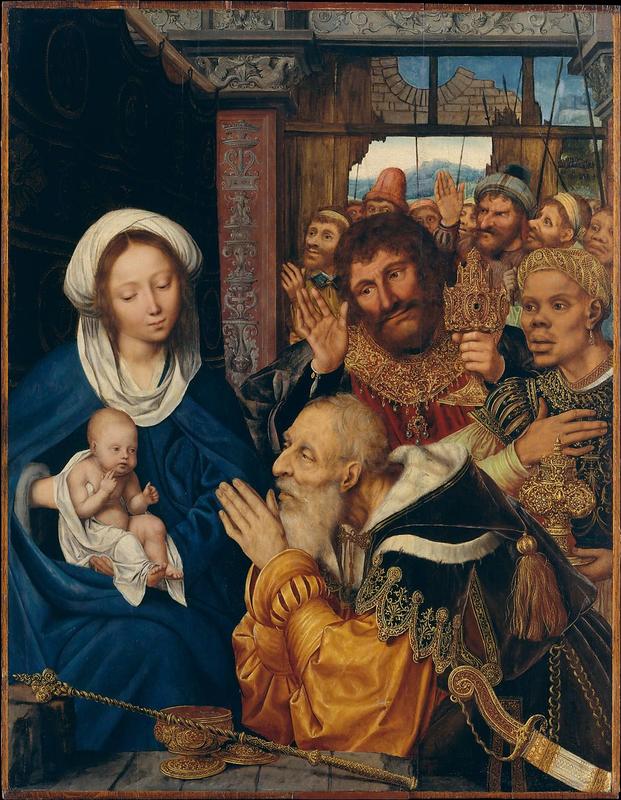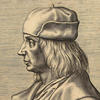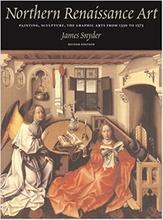More about The Adoration of the Magi
- All
- Info
- Shop

Contributor
In his thirties, the painter Quentin Matsys, who spelled his name many ways, according to his changing mood, and whose son used "Masiis," moved to Antwerp, where he composed The Adoration of the Magi.
Echoing Leonardo's "grotesques," the figures in the painting are caricatures, crowded into the room, completely disregarding the personal space of Mary and her Baby.
Although the painting does not jibe with current ideas of beauty, this was the kind of thing that sold well, and made Matsys a very successful professional in Antwerp. According to one source, Matsys did not follow his father's smithing profession because he had the hots for a woman whose father was a painter; according to other sources, he was too sickly to smith. Dürer visited Matsys at his first Antwerp house. Shortly afterwards, Matsys inherited money from his wife's family and built a new house nearby, calling it the St. Quinten, after his namesake. At the end of his life, he was still married, but living in a monastery. That's one of the less popular ways to find marital bliss.
A couple of decades after a showing at the Royal Academy, the Met bought The Adoration of the Magi, which they called The Adoration of the Kings after the standard English-language translation of the Greek. As you know, the Magi were aromatherapists, and could have opened their own boutique in the bay area nowadays. They were also Zoroastrians, which means they practiced the rites of the ancient dualist Persian faith. Whereas the early Jews had debated with the Zoroastrians as to whether the Creator was singular or dual, the story of the "Adoration" uses Zoroastrianism to create a sort of ancient co-sign on Christianity. Jerome and other early church authorities had used the word "magicians," but later translators changed it to "kings," partly because "magic" was equivalent to "witchcraft." The word "magi" is somewhere in between.
Sources
- The Bulletin of the Metropolitan Museum of Art, Volumes 5-6. New York: the Met, 1910.
- Bulletin - The St. Louis Art Museum, Volumes 15-16. St. Louis: St. Louis Art Museum, 1979.
- Henderson, Gretchen E. Ugliness: A Cultural History. London: Reaktion, 2015.
- "Kiddushin 49b." Sefaria, https://www.sefaria.org/Kiddushin.49b?lang=bi.
- Marlier, Georges. Albrecht Dürer, Diary of his journey to the Netherlands. 1520-21: accompanied by The silverpoint sketchbook, and paintings and drawings made during his journey [translated from the German]. London: Lund Humphries, 1971.
- The Numismatic Circular, Volumes 14-15. London: Spink & Son, 1906.
- Silver, Larry. The Paintings of Quinten Massys: With Catalogue Raisonné. London: Phaidon, 1984.












